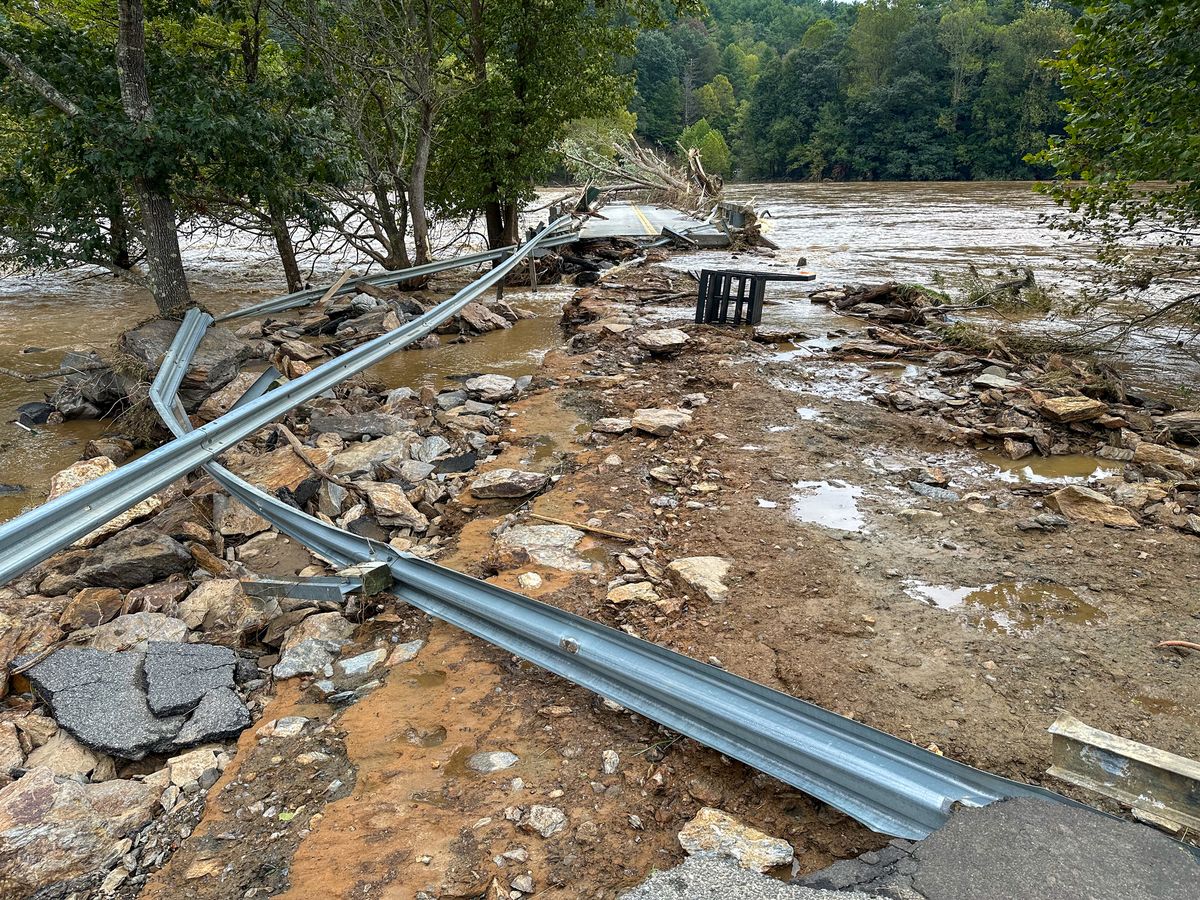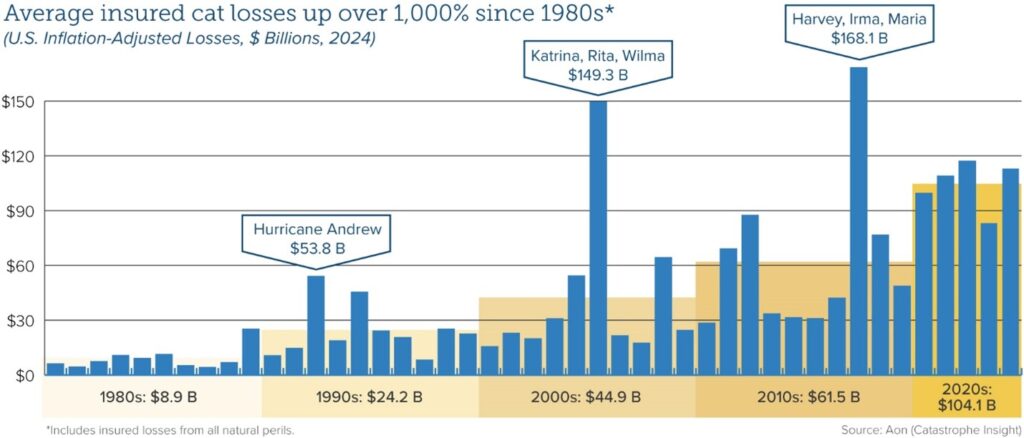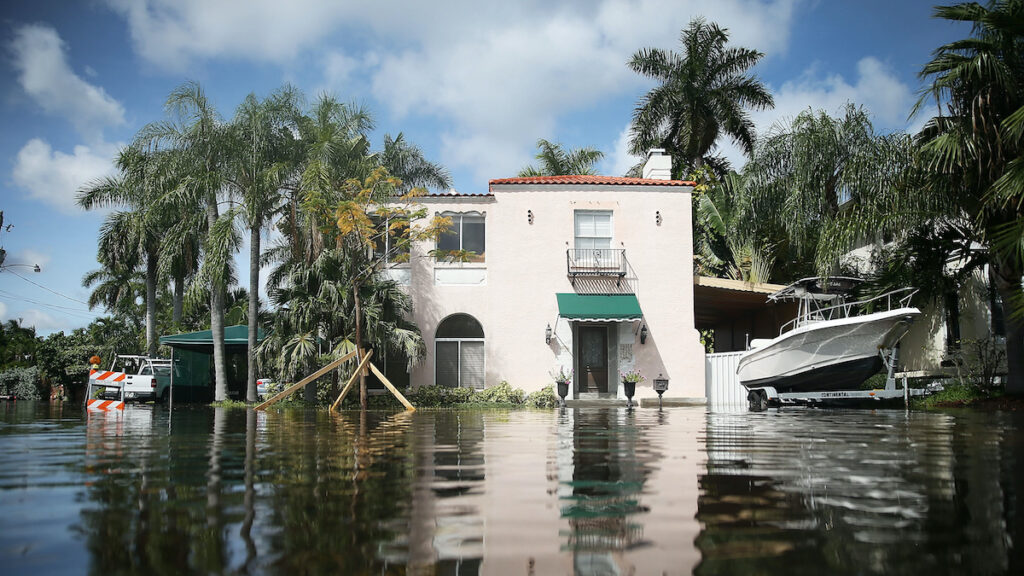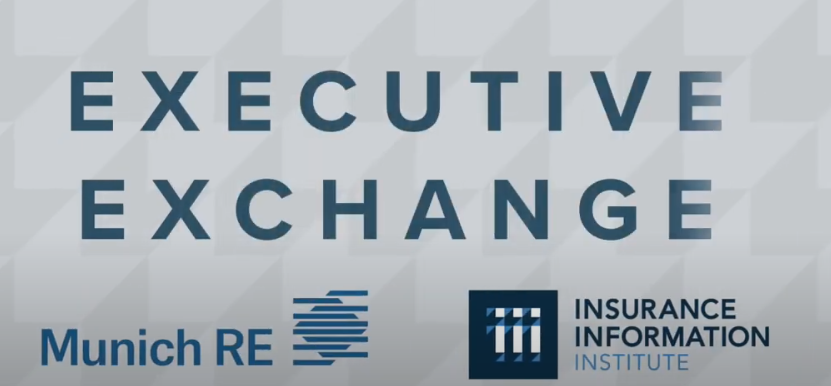
Source: Getty Images
New, alarming financial risks for homebuyers who are unaware of property flood histories has driven several states to implement new disclosure laws, helping protect consumers from unexpected costs after purchasing flood-prone homes, according to new research from Milliman.
Atmospheric conditions are intensifying flood risks across the U.S., with severe storms and rain events becoming more devastating and frequent. Despite this escalating threat, a significant regulatory gap has persisted: many states haven’t required home sellers to disclose previous flooding to potential buyers.
This omission creates a dangerous scenario where unsuspecting homebuyers invest their savings in properties with undisclosed flood histories.
As Joel Scata, senior attorney in the climate adaptation division at the Natural Resources Defense Council (NRDC), explains, “If a buyer doesn’t know the house is flood-prone, they don’t know they need to buy flood insurance. They don’t know they need to mitigate that risk, and that they could be in a really bad situation when the next flood happens.”
The issue became impossible to ignore in 2018 when Hurricane Florence inundated more than 74,000 buildings in North Carolina. At that time, sellers weren’t required to inform buyers about previous flooding, meaning hurricane-damaged homes could be cleaned up and sold without disclosure of this critical history. Since properties that have flooded once are likely to flood again, this lack of transparency created significant financial vulnerability for new homeowners, according to Milliman.
Quantifying the Financial Impact
To drive policy change, NRDC needed hard data quantifying the financial risks to homebuyers. They partnered with Milliman, where Larry Baeder, a senior data scientist, co-authored a study titled, “Estimating undisclosed flood risk in real estate transactions.”
Using catastrophe models, proprietary datasets, real estate transaction data, historical flood events and demographic patterns, Baeder analyzed the impact in three states with low marks on NRDC’s Flood Risk Disclosure Laws Scorecard: North Carolina, New York and New Jersey.
The findings revealed staggering financial disparities. In North Carolina, a home without flood history might face an average annual loss (AAL) of about $60. In contrast, a flood-prone property’s AAL jumped to approximately $1,200 — 20 times higher — and could exceed $2,000 based on future flood projections. Over 15 years, previously flooded North Carolina properties might require more than $18,000 in repairs.
The numbers were even more concerning in the Northeast. In New York, flood history could increase a property’s AAL from about $100 to $3,000. A previously flooded New Jersey home might incur $25,000 in damages over a 15-year period.
“These are big numbers, and they’re a scary reality that people are going to have to deal with,” Baeder noted. “If a homebuyer is taking on this risk, they should be aware of the risk.” Milliman’s research also found that more than 6% of all homes sold across these three states in 2021 had a record of flooding—with no requirement to warn new owners about this history.
Data-Driven Legislative Change
Armed with Milliman’s analysis, NRDC approached lawmakers with compelling evidence of the problem’s scale and impact.
“Before the report, I think legislators knew that people struggled to rebuild after a flood,” Scata said, “but I don’t think they realized just how much it costs a homeowner. These numbers helped lawmakers see this was a big problem, that their constituents were suffering, and that they should do something about it.”
The data-driven approach proved effective. In 2023, New Jersey began legally requiring sellers to disclose a property’s flood history. North Carolina and New York soon followed, with New York enacting disclosure requirements at the end of 2023 and North Carolina amending mandatory forms in 2024.
The impact extended beyond these three states. Four additional states — Florida, Maine, New Hampshire and Vermont — independently adopted disclosure requirements in 2024 after recognizing the need demonstrated elsewhere.
“The laws show the power of data,” Scata noted. “Having Milliman do this work was really important for showing the actual impacts of flood damage on homeowners and effecting change through the legislatures.”
The momentum continues as Baeder now leads a follow-up study for NRDC expanding the research to 25 additional states with insufficient disclosure laws. Scata hopes to eventually see strong disclosure requirements nationwide, providing all homebuyers and renters with insight into their flood risk.
“If we’re going to tell people about lead-based paint,” Scata concludes, referring to other widespread real estate disclosures, “if we’re going to tell people about asbestos, we should probably tell people about flooding, because flooding has such an impact on someone’s finances and health.”
View the Milliman report here.











